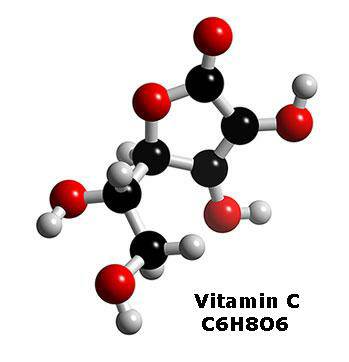Solution: homogeneous mixture where one substance is dissolved in another substance
Solute: small quantity
Solvent: larger quantity
We need to compare the amount of solute dissolved in a certain volume of a solution.
Molarity= number of moles of solute in one liter of a solution
FORMULA
molarity = mass of solute ....also known as.... M= mol
volume of solution L
This formula can be altered so that any three of these elements can be found as long as you have the other two.
 |
| The molar concentration triangle! |
Now lets look at a few examples.
Example: If there is 5 moles of NaCl in 2.5 L of solution, what is the molar
concentration?
M= mol 5 mol
L 2.5 L = 2 mol/L NaCl
How many moles of Ca(OH)2 is there in 1.30L of a .75 M solution?
M=mol/L
= mol=ML
= mol= (1.30L)(.75M)
= 0.975 (SIG. FIGS!)
= 0.98 mol Ca(OH)2
What volume in mL of 0.1 mol/L NaOH must you take to contain .030 mole of NaOH?
M= mol/L
L= mol/M
L= .030mol / 0.1 mol/L = 0.3L
= 0.3 * 1L = 300 mL
1000 mL
Hopefully now you understand the basics of it. Its now time to practice! This game includes some examples of molarity and mole conversions. Good luck!
Billionaire-molar concentration

































